Drone Safely Over the Paving Train
BY AsphaltPro Staff
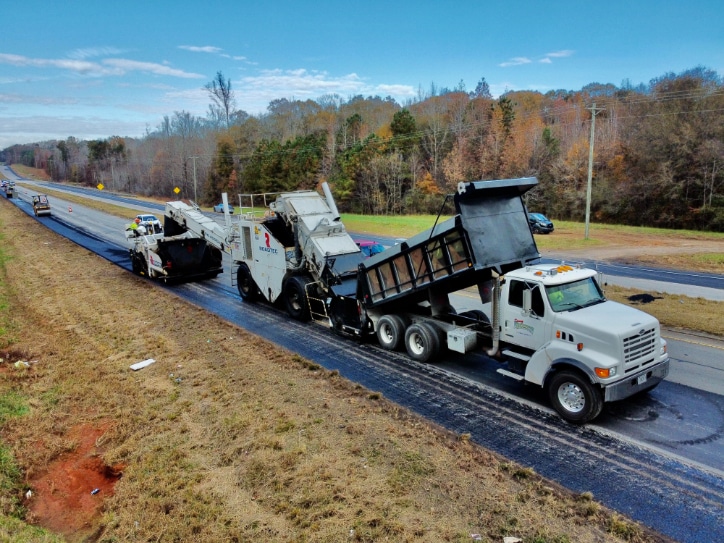
Editor’s Note: It is recommended to review the Federal Aviation Authority (FAA) website for regulations related to implementing drones on your job site or plant (faa.gov/uas) and to note there may be additional state and local regulations. It is each pilot’s responsibility to ensure that every flight falls within the legal practices deemed by applicable governing bodies and manufacturer guidelines.
According to a recent survey of construction companies by Dodge Data & Analytics, 37% of contractors are currently using drones on their job sites, with an additional 6% expecting to begin use in the future.
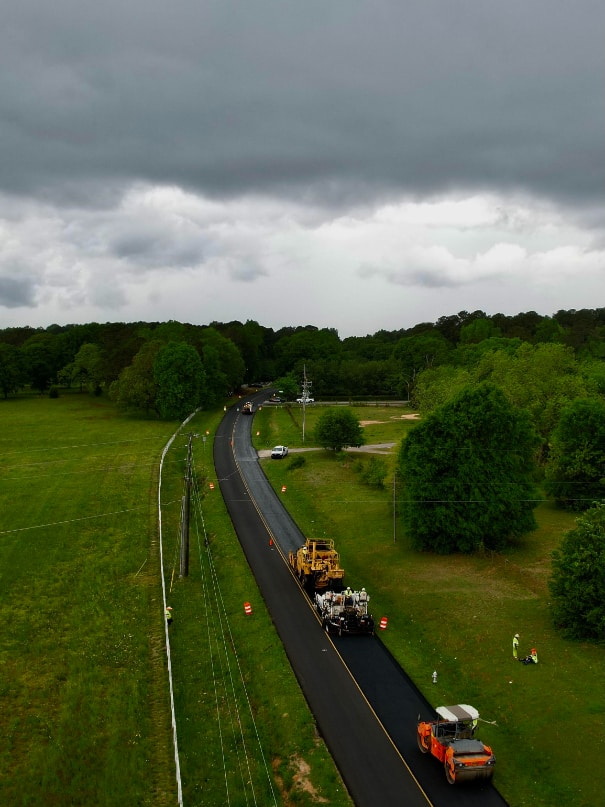
AsphaltPro has previously covered the use of drones for stockpile management and production forecasting, and even for delivery of 3D-printed asphalt repairs. But the use cases of drones on construction job sites are numerous.
During a recent webinar from the Center for Construction Research and Training (CPWR), Yiye Xu of Oregon State University outlined some additional use cases for drones in construction: mapping and surveying, site layout planning, security surveillance, logistics management, site communication, monitoring of project progress, quality and safety, post-construction inspections and documentation.
James Kelly, superintendent of the asphalt construction division at C.W. Matthews Contracting, Marietta, Georgia, said the company regularly uses drones on its paving jobs for tracking progress and as a marketing tool. Kelly tries to fly his drone at least once a week to capture content for his growing social media following (@JamesPavesIt and @CW_Matthews on Instagram). “Growing up, I always wanted to see what it was like [to work on a paving crew doing heavy civil construction],” Kelly said. “Now, I get to show what we do every day and tell that story.”
Not only does he see the photos and videos he captures as a marketing tool to attract talent, but also as an employee engagement tool. “Our crews think it’s so cool to be able to see the work they did that day,” Kelly said. “It gives them more buy-in and a sense of pride in their accomplishments.”
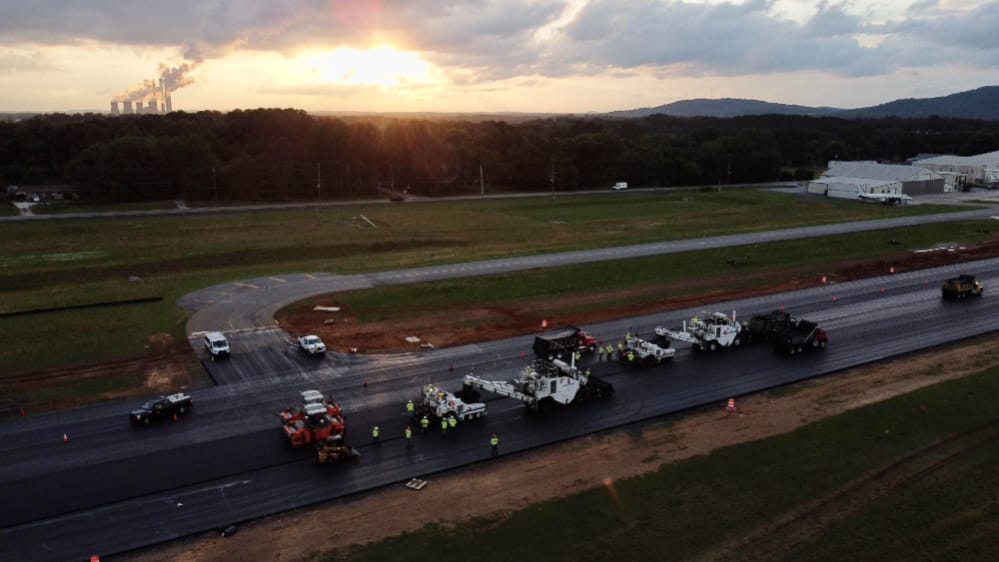
The company also regularly hires outside drone pilots to capture progress photos to share with the Georgia Department of Transportation and across teams, a use Kelly expects will continue to grow within C.W. Matthews and throughout the industry. “Drones offer a very different perspective compared to the photos you can take on the ground,” he said. “Those are great for capturing details, but drones can capture scope. I can see a whole mile of road versus just 500 or so feet in front of me.”
Kelly also anticipates that the company will use drones for logistics and surveying applications in the near future, adding that new apps and software are making those practices more accessible.
“I think we’re going to see a huge increase of drone use on asphalt paving job sites,” he said. “It’s no secret that asphalt is laid in large areas, and one of the best ways to tell that story is to show the whole perspective.”
Drones For Safety, Safety For Drones
Although drones offer a number of benefits, they may also present the potential for new hazards, said Masoud Gheisari, assistant professor at the Rinker School of Construction Management at University of Florida.
“The integration of drones in construction is great, but at the same time, it introduces new safety issues that might make construction even more dangerous than before,” Gheisari said. He’s been studying how drones can be used for construction safety inspections and to monitor safety hazards on construction sites, but also how to ensure safe integration of drones on job sites.
According to Xu, who has been working on a study to measure and mitigate the safety risks of using drones in construction alongside Yelda Turkan, potential incident scenarios include crash/collision, distraction, and psychological or physical stress.
Not only could drones crash or collide, Xu said, but they might distract workers from the task at hand and could also increase psychological or physical stress among workers resulting in long-term health implications.
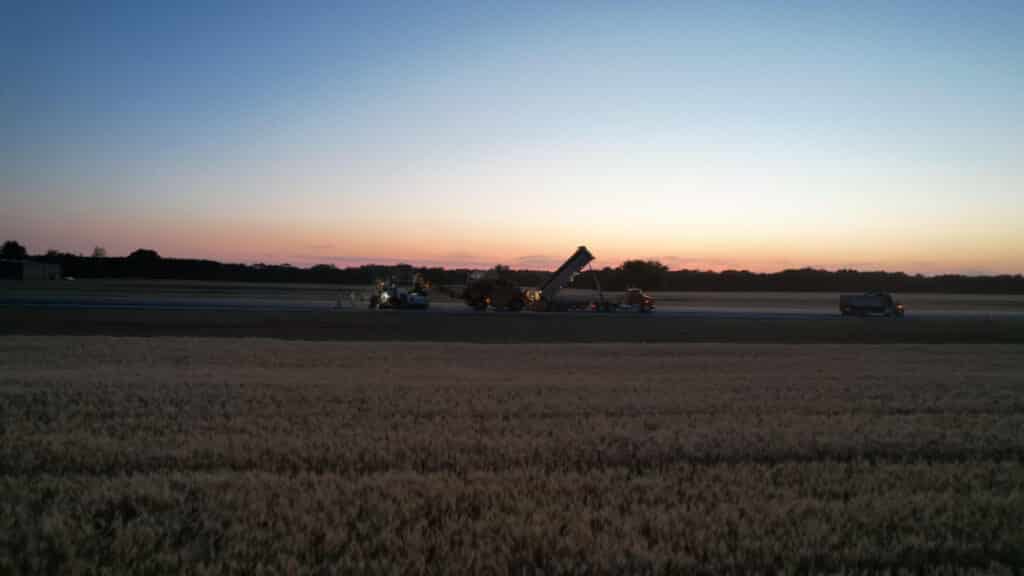
“There is a psychological impact you put on workers by having drones flying on top of them, and we need to understand that,” Gheisari said. On all projects where Gheisari collected data, at least a couple workers expressed concern about their work being recorded or their productivity being monitored.
“The construction industry is one of the fastest adopters of drone tech and is seeing firsthand how such disruptive technology changes the construction world,” Gheisari said, “but we need to further study different risks and challenges those drones present to job sites.”
Luck Stone Corporation’s Drone Program Reveals New Efficiencies for Luck
Best Practices From the Field
According to Kelly, the most significant challenge to using drones on construction job sites relates to licensing and regulation compliance. “The drone industry is still in its infancy, especially for commercial applications,” he said. “The regulations are changing all the time. You have to do your research if you want to do this commercially without finding yourself in trouble.”
For example, if you’re flying a drone in any commercial capacity—which includes capturing photos and videos for social media or to share with owners/agencies, Kelly said—the pilot needs a commercial drone license. Other requirements might include developing and even submitting a flight plan to the FAA or receiving special permissions to fly in certain areas.
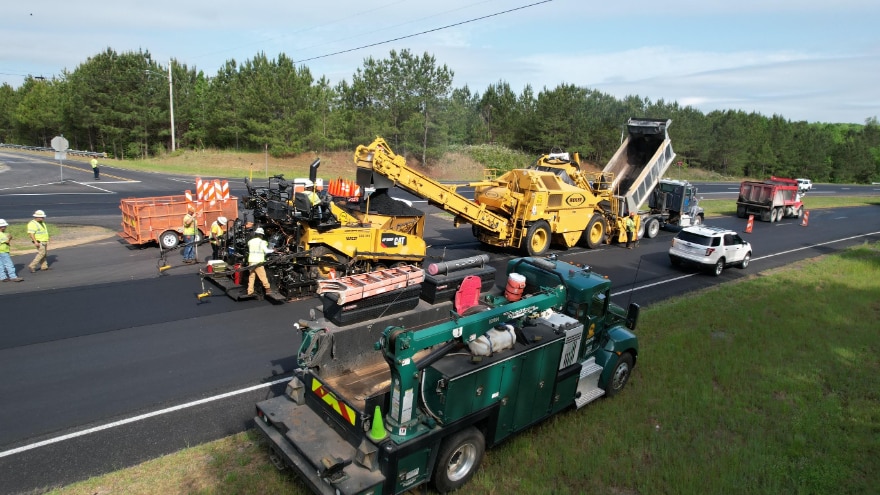
Flight plans take into consideration a number of factors, including weather conditions and visibility; airspace constraints such as proximity to airports, military installations, or government buildings that may prohibit drone use nearby; and obstacles between ground level and the height of the drone flight in order to establish a safe flight path.
Kelly said having a flight plan can minimize the risk of fly-away events, which can sometimes happen if a drone loses signal with the pilot. “A legal flight is one you can control, see and manage,” he said.
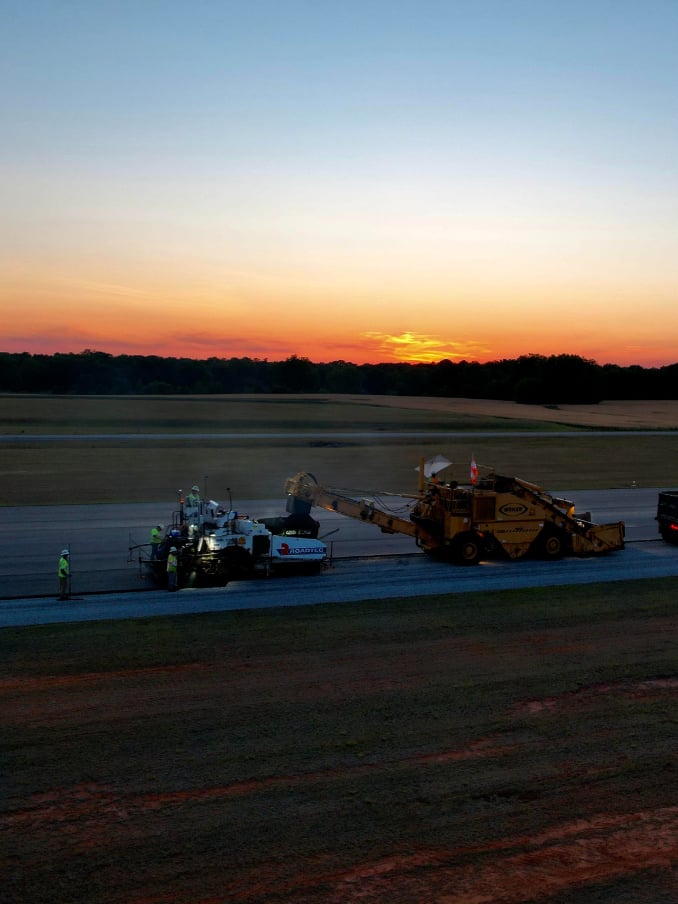
Kelly also recommends taking off and landing from a safe location to minimize the risk of kicking up dust or particulate matter, and keeping a safe distance from people. Kelly also suggests communicating with all the staff in the area to make sure they’re comfortable with a drone flying overhead taking photos/videos.
“Drones can present a safety hazard if the pilot isn’t following correct safety protocols, just like a driver who is speeding also presents a safety hazard,” Kelly said. “But if you do everything you’re supposed to do, flying a drone on the job site is perfectly safe.”
Use Drones to Cool the Job Site
As part of CPWR’s Small Studies program, Rod Handy of the University of Utah has been investigating nebulizer-retrofitted drone deployment at construction sites as a possible solution to remove particulate matter from the air and assist with heat stress.
During the summer of 2021, a water misting drone was deployed at two residential construction sites in Utah on the corner of the Mojave Desert. On 12 pilot test runs, Handy’s team discovered the use of water misting drones resulted in a wet bulb globe temperature (WBGT) reduction of 1.7 degrees Fahrenheit compared to preflight and post-flight measurements. “This appears to support previous studies employing stationary nebulizers at construction sites,” Handy said. In terms of particulate matter, Handy added, “The air was not significantly cleaner than prior to the misting event.”
